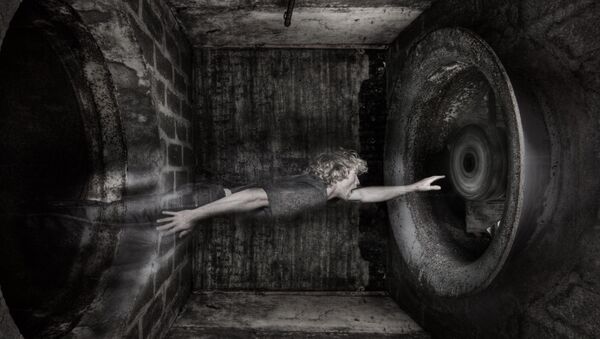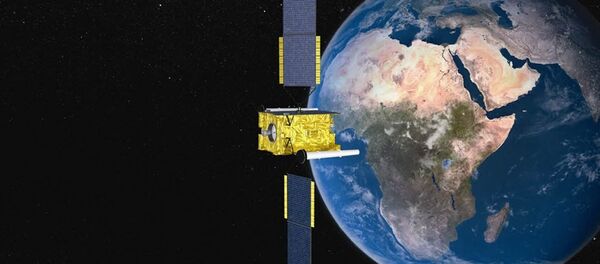Charles Bennett and his team presented the theory of quantum teleportation for the first time in 1993. Quantum teleportation was described as the ability to transfer information, the exact state of an atom or a photon, from one location to another, using conventional communication and the sharing of quantum entanglement between the two locations.
The most recent experiment was conducted by two independent teams, a Chinese group led by Pan Jianwei at the University of Science and Technology in Hefei and a Canadian team led by Wolfgang Tittel at the University of Calgary.
In the quantum teleportation experiment, two sides participate: sender “Alice” and receiver “Bob”. If Alice wants to teleport any particle to Bob, she simultaneously measures the condition of both particles, and transmits the measurement results to Bob.
While Alice measures conditions, the link between the entangled particles disappears, and Bob takes Alice’s condition during teleportation. Bob receives the information and then recreates it in its original quantum state.
The Chinese scientists teleported cubits, while their Canadian colleagues sent entangled photon pairs, as both teams pursued different aims. The Chinese team teleported no more than two cubits per hour, and scientists from Canada sent about 17 associated photons per minute. Both experiments have strong limitations.
In the coming years, physicists hope for the situation to improve by creating cleaner and reliable single-photon emitters and photon detectors, which will share teleported particles at a reasonable rate.
By 2030, Chinese scientists plan to release a quantum Internet. Chinese engineers have begun to build a quantum network in Hefei district. Users will gain access to the central quantum processor, teleporting the quantum state through an adjacent relay node.




